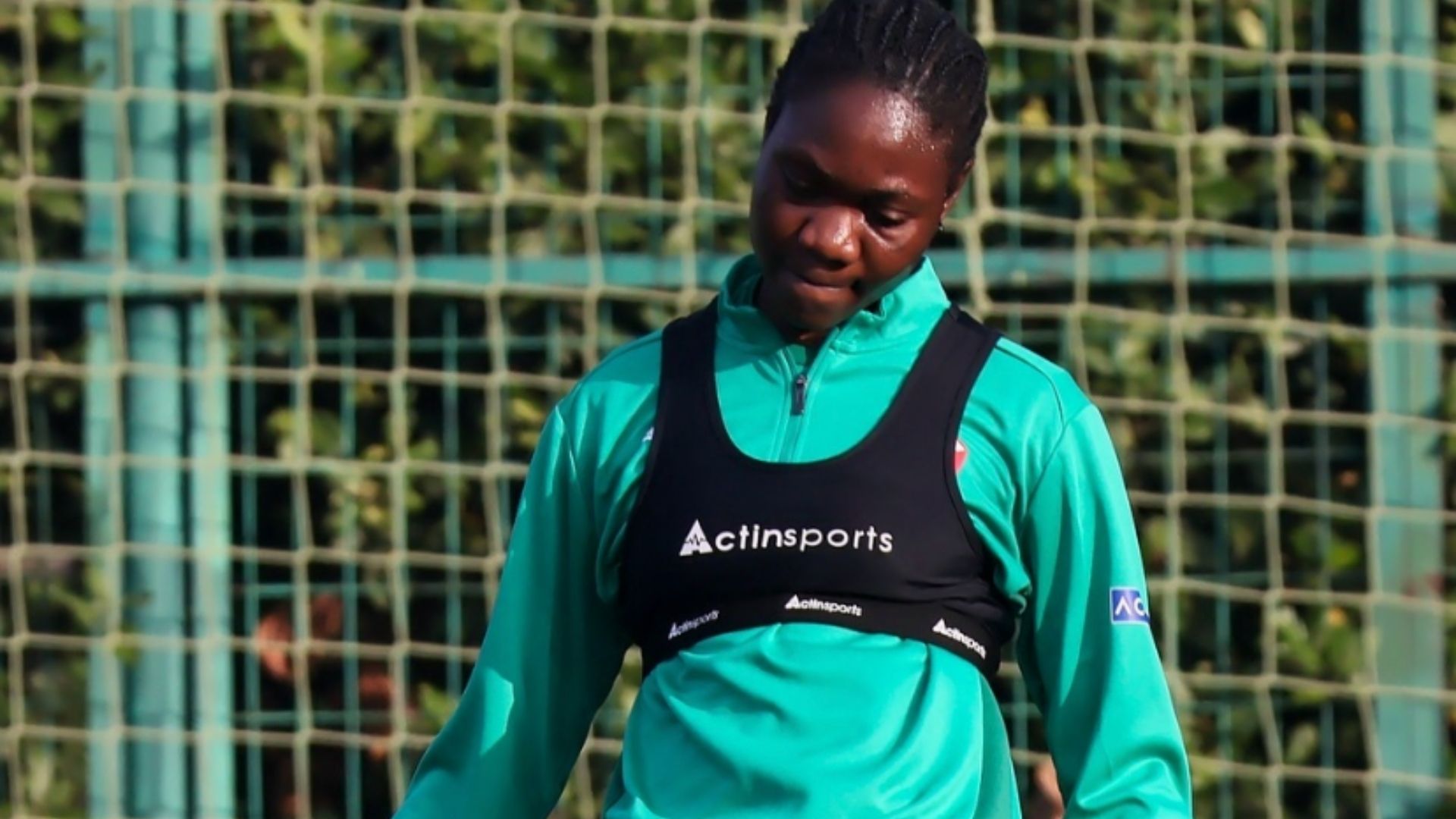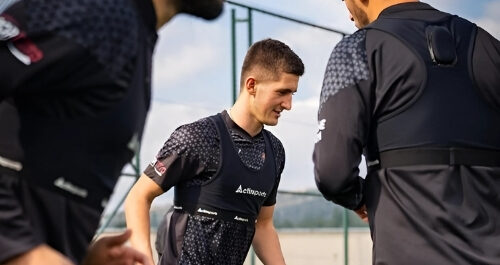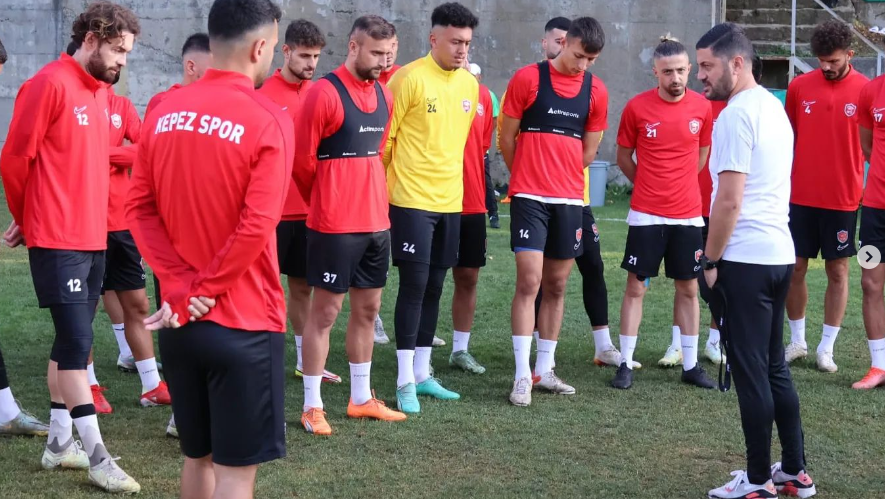Introduction
Women’s football has grown tremendously in popularity, professionalism, and competitiveness. However, with this growth comes a greater emphasis on injury prevention and player safety. Female athletes face unique physical and physiological challenges that can increase the risk of certain injuries. Understanding these risks and implementing prevention strategies is essential for ensuring long-term player health and peak performance.
Common Injuries in Women’s Football
1. Anterior Cruciate Ligament (ACL) Tears
One of the most well-documented injuries in women’s football, ACL tears occur due to sudden stops, directional changes, and improper landing mechanics. Research suggests that female athletes are up to 3-6 times more likely to suffer ACL injuries than their male counterparts due to anatomical and hormonal differences.
2. Hamstring Strains
Sprint-heavy movements, sudden acceleration, and fatigue contribute to hamstring injuries, which are prevalent among female footballers. Inadequate strength or flexibility increases the risk of these muscle strains.
3. Ankle Sprains
Women footballers frequently experience ankle sprains, often resulting from uneven playing surfaces, improper footwear, or awkward landings after jumping.
4. Stress Fractures
Repetitive high-impact activities combined with low bone mineral density (BMD) can lead to stress fractures, especially in weight-bearing bones like the tibia or metatarsals.
5. Concussions
Head injuries and concussions are a growing concern in women’s football, often occurring from head collisions, falls, or improper heading techniques.
Why Are Female Footballers More Prone to Certain Injuries?
Several factors contribute to the higher injury rates among women footballers, including:
- Hormonal Fluctuations: Estrogen levels can impact ligament laxity, increasing injury risk.
- Biomechanical Differences: Women tend to have wider hips and a greater Q-angle (alignment between the hip and knee), which can place additional stress on the knees and ankles.
- Lower Muscle Mass & Strength: Compared to men, female players may have lower hamstring-to-quadriceps strength ratios, which affects stability and injury resistance.
Injury Prevention Strategies
1. Strength & Conditioning Training
- Implement ACL prevention programs focused on knee stabilization and strength.
- Improve hamstring strength with exercises like Nordic curls and eccentric loading.
- Enhance core stability to maintain better balance and reduce injury risks.
2. Proper Warm-up & Cool-down
- Use dynamic stretching before training to activate muscles.
- Incorporate plyometric drills for neuromuscular control.
- Finish training sessions with foam rolling and mobility exercises.
3. Load Management & Recovery
- Monitor training intensity using Acute:Chronic Workload Ratio (ACWR) to prevent overuse injuries.
- Ensure adequate rest periods between high-intensity sessions.
4. Footwear & Playing Surface Considerations
- Choose properly fitted boots that offer ankle support and traction.
- Be cautious on artificial turf, which can increase ACL injury risk compared to natural grass.
5. Technique Optimization & Education
- Train players on safe landing mechanics to avoid excessive knee stress.
- Improve heading technique to reduce concussion risks.
- Educate athletes about the importance of injury reporting and rehabilitation.
Conclusion
Injury prevention in women’s football requires a multi-faceted approach, combining strength training, proper warm-ups, smart load management, and technical refinement. By understanding the unique risk factors and implementing targeted interventions, players can enjoy longer, healthier careers on the field.
Looking for advanced tools to track injury risk and performance metrics? ActinSports provides cutting-edge solutions to help footballers optimize their training and prevent injuries. Learn more at ActinSports.



